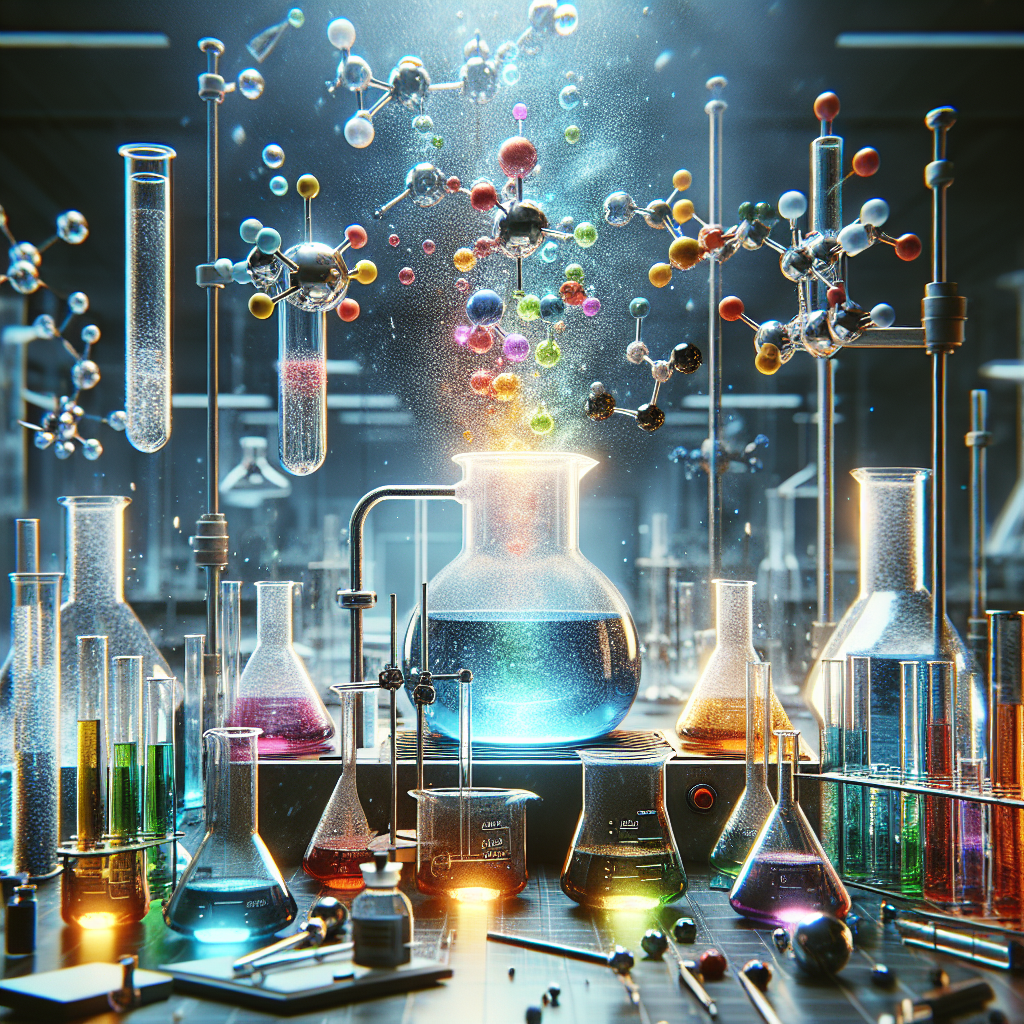Unraveling the Magic of Chemical Reactions
- Abd Aqel
- Aug 31, 2024
- 2 min read
Updated: Nov 3, 2024
Have you ever witnessed a substance transform into something entirely new right before your eyes? That enchanting process is none other than a chemical reaction - a fundamental concept in the world of science that governs countless natural phenomena and human-made marvels. Join us on this captivating journey through Chemical Reactions 101, where we delve into the mysterious realm of atoms, molecules, and transformations.
Understanding the Basics
At the core of every chemical reaction lie atoms, the tiny building blocks of matter. These atoms combine to form molecules, which in turn interact with one another to create new substances. When these interactions occur, bonds between atoms are broken and rearranged, leading to the formation of different compounds. This intricate dance of atoms and molecules is what fuels the magic of chemical reactions.
The Role of Energy
Energy plays a vital role in chemical reactions, influencing their direction and speed. Some reactions release energy in the form of heat or light, known as exothermic reactions, while others absorb energy, termed endothermic reactions. Understanding the role of energy in chemical reactions allows scientists to control and manipulate these processes for various applications.
Types of Chemical Reactions
Chemical reactions come in various forms, each with its own unique characteristics. Here are some common types of chemical reactions:
1. Synthesis Reactions
In synthesis reactions, two or more substances combine to form a single, more complex compound. This type of reaction is often represented by the general equation: A + B → AB.
2. Decomposition Reactions
Conversely, decomposition reactions involve the breakdown of a compound into simpler substances. The general form of a decomposition reaction is: AB → A + B.
3. Single Replacement Reactions
Single replacement reactions occur when one element replaces another in a compound, leading to the formation of a new compound. The general equation for single replacement reactions is: A + BC → AC + B.
4. Double Replacement Reactions
In double replacement reactions, ions in two compounds switch places to form two new compounds. The general form of a double replacement reaction is: AB + CD → AD + CB.
Real-World Applications
Chemical reactions are not just confined to laboratories; they are all around us, shaping our daily lives. From the food we eat to the air we breathe, chemical reactions play a crucial role in a myriad of processes. Understanding and harnessing these reactions has paved the way for advancements in medicine, agriculture, energy production, and countless other fields.
Unlocking the Secrets of Chemical Reactions
As we peel back the layers of complexity surrounding chemical reactions, we gain insights into the essence of matter itself. The ability to predict, control, and harness these reactions has unlocked a world of possibilities, driving innovation and discovery across disciplines. So, the next time you witness a chemical reaction in action, remember the intricate dance of atoms and molecules that underpins the magic of transformation.
Let's continue to explore the endless possibilities that unfold when we embrace the wonders of chemical reactions!

So, dive into the captivating world of chemical reactions, where the ordinary transforms into the extraordinary, and discover the hidden forces that shape the world around us.
Happy experimenting!
Comments